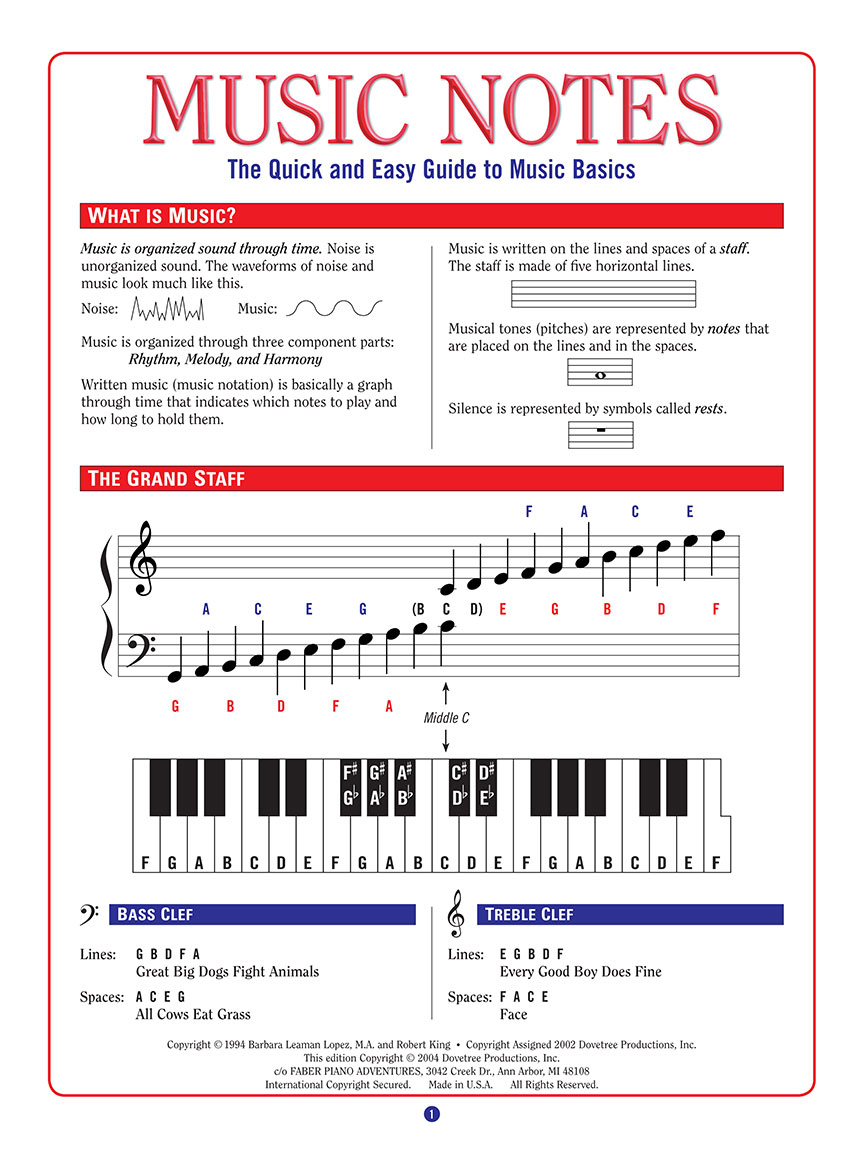

Consult 's list of Non-English resources. If English isn't your first language, you might be more comfortable with a tutorial that's been translated into your language. If you have previous programming experience, consult BeginnersGuide/Programmers, which lists more advanced tutorials. If you have never programmed before, see BeginnersGuide/NonProgrammers for a list of suitable tutorials. Next, read a tutorial and try some simple experiments with your new Python interpreter. Take a look at HowToEditPythonCode for some advice and recommendations. Other options can be found at IntegratedDevelopmentEnvironments.Īt some stage, you'll want to edit and save your program code. There are also Python interpreter and IDE bundles available, such as Thonny. See BeginnersGuide/Download for instructions to download the correct version of Python. Mac and Linux distributions may include an outdated version of Python (Python 2), but you should install an updated one (Python 3). This is the program that reads Python programs and carries out their instructions you need it before you can do any Python programming. Next, install the Python 3 interpreter on your computer. Read BeginnersGuide/Overview for a short explanation of what Python is. New to programming? Python is free and easy to learn if you know where to start! This guide will help you to get started quickly.


 0 kommentar(er)
0 kommentar(er)
